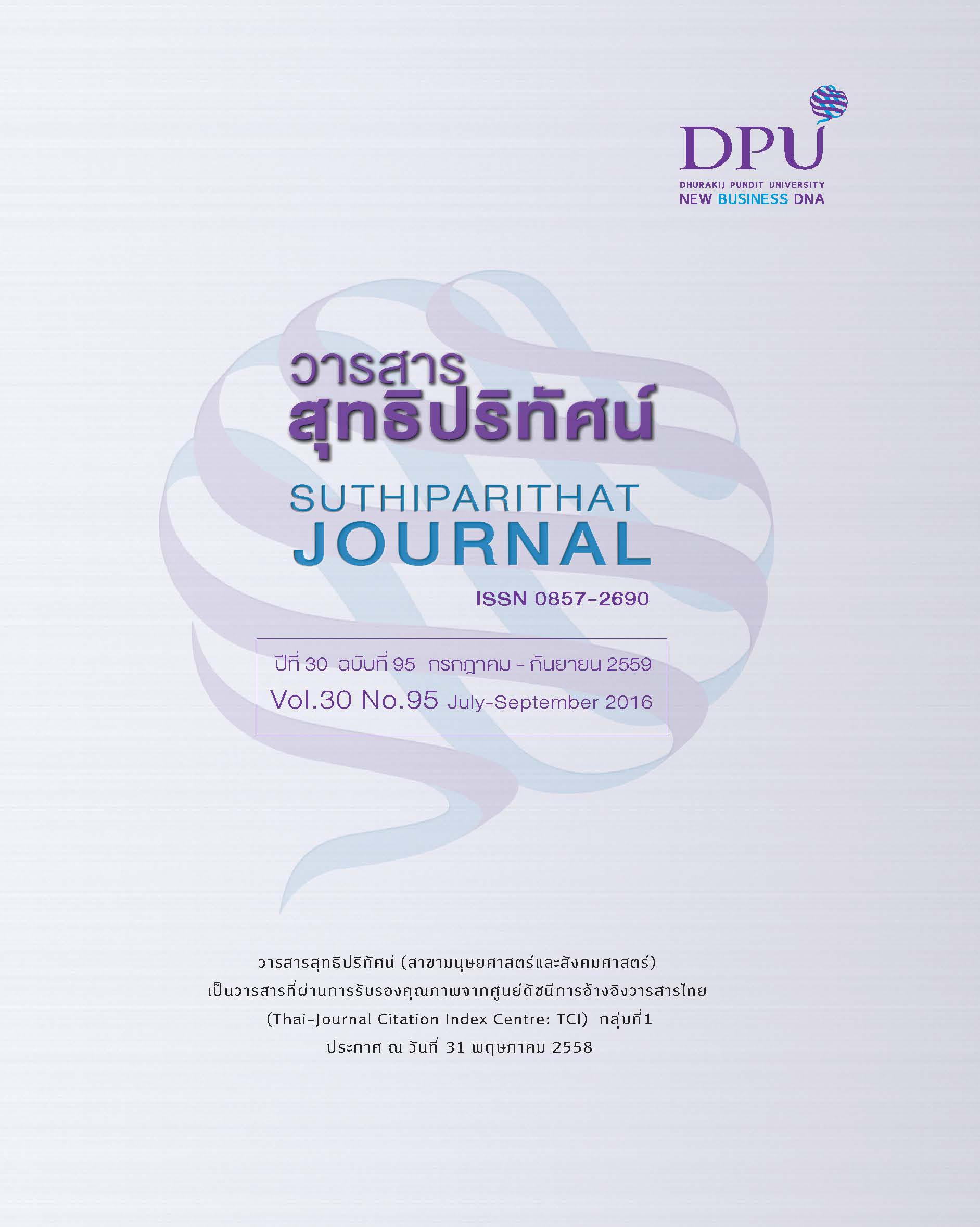ENGLISH LANGUAGE CLASSROOM ANXIETY: COMPONENTS, EFFECTS, AND SOLUTIONS
Keywords:
Language Anxiety, Components, Effects, SolutionsAbstract
Anxiety is one of the affective variables that can influence students’ language learning process and second or foreign language achievement. This article critically reviews the literature that examined the potential factors involved in language anxiety including three components: the teacher, the environment, and the student. The other theme that is described in this review is four major effects of anxiety on foreign language learning and performance, that is, academic, cognitive, social, and personal effects. English language teachers are recommended to enhance their students’ performance and reduce language classroom anxiety by creating a friendly and relaxing classroom atmosphere, encouraging students’ involvement in pair and group work activities and providing appropriate and useful activities for their students.
References
Allwright, D., & Bailey, K. M. (1991). Focus on the language classroom: An introduction to classroom research for language teachers. New York: Cambridge UP.
Bekleyen, N. (2007). The influence of teachers and peers on foreign language classroom anxiety. Retrieved February 6, 2016, from http://dergiler.ankara.edu.tr/dergiler/27/745/9525.pdf
Comeau, R. F. (1998). Interactive oral grammar exercises. In W. M. Rivers (Ed.), Interactive language teaching (pp.57-69). Cambridge, UK: Cambridge University Press.
Crookall, D., & Oxford, R. (1991). Dealing with anxiety: Some practical activities for language learners and teacher trainees. In E. K. Horwitz, & D. J. Young (Eds.), Language anxiety: From theory and research to classroom implications (pp.141-150). Englewood Cliffs, NJ: Prentice-Hall, Inc.
Daly, J. (1991). Understanding communication apprehension: An introduction for language educator. In E. K. Horwitz, & D. J. Young (Eds.), Language anxiety: From theory and research to classroom implications (pp.3-13). Englewood Cliffs, NJ: Prentice-Hall, Inc.
Dworetzky, J. P. (1991). Psychology. San Francisco: St. Paul.
EF EPI. (2015). English proficiency index. Retrieved February 6, 2016, from http://media2.ef.com/__/~/media/centralefcom/epi/downloads/full-reports/v5/ef-epi-2015-english.pdf
Ganschow, L., & Sparks R. (1996, summer). Anxiety about foreign language learning among high school women. The Modern Language Journal, 80(2), 199-212.
Horwitz, E. K., Horwitz, M. B., & Cope J. A. (1991). Foreign language classroom anxiety. In E. K. Horwitz, & D. J. Young (Eds.), Language anxiety: From theory and research to classroom implications (pp.27-36). Englewood Cliffs, NJ: Prentice-Hall, Inc.
Horwitz, E. K., Tallon, M., & Luo, H. (2009). Foreign language anxiety. In J. C. Cassady (Ed.), Anxiety in schools: The causes, consequences, and solutions for academic anxieties (pp.95-115). New York: Peter Lang.
MacIntyre, P. D., & Gardner, R. C. (1991, December). Language anxiety: Its relationship to other anxieties and to processing in native and second languages. Language Learning, 41(4), 513-534.
MacIntyre, P. D., & Gardner, R. C. (1994, June). The subtle effects of language anxiety on cognitive processing in the second language. Language Learning, 44(2), 283-305.
MacIntyre, P. D. (1998). Language anxiety: A review of the research for language teachers. In D. J. Young (Ed.), Affect in foreign language and second language learning: A practical guide to creating a low-anxiety classroom atmosphere (pp.24-45). Tennessee: The McGraw-Hill Companies.
Mackenzie, A. S. (2002). EFL curriculum reform in Thailand. Retrieved February 12, 2016, from https://jalt.org/pansig/2002/HTML/Mackenzie1.htm
Maley, A. (1998). Poetry and song as effective language-learning activities. In W.M. Rivers (Ed.), Interactive language teaching (pp.93-109). Cambridge, UK: Cambridge University Press.
Marwan, A. (2007). Investigating students’ foreign language anxiety. Malaysian Journal of ELT Research, 3, 37-55.
Mathews, T. J. (1996, March). A case for increasing negative affect in foreign language classes. Language Learning Journal, 13, 38-41.
Matlin, M. W. (1995). Psychology. Fort Worth: Harcourt Brace Jovanovich College.
Matsuda, S., & Gobel, P. (2004, February). Anxiety and predictors of performance in the foreign language classroom. System, 32, 21-36.
Onwuegbuzie, A. J., Bailey, P., & Daley, C. E. (2000, March). The validation of three scales measuring anxiety at different stages of the foreign language learning process: The input anxiety scale, the processing anxiety scale, and the output anxiety scale. Language Learning, 50(1), 87-117.
Oxford, R. L. (1990). Language learning strategies: What every teacher should know. New York: Newbury House Publishers.
Price, M. L. (1991). The subjective experience of foreign language anxiety: Interviews with highly anxious students. In E. K. Horwitz, & D. J. Young (Eds.), Language anxiety: From theory and research to classroom implications (pp.101-108). Englewood Cliffs, NJ: Prentice-Hall, Inc.
Punthumasen, P. (2007). International program for teacher education: An approach to tackling problems of English education in Thailand. Retrieved February 6, 2016, from http://onec.go.th/onec_backoffice/uploaded/Category/EngBook/ProblemEngEd13dec07-03-03-2011.pdf
Riasati, M. J. (2011). Language learning anxiety from EFL learners’ perspective. Middle-East Journal of Scientific Research, 7(6), 907-914.
Richard, J. C. (1992). The language teaching matrix. New York: Cambridge UP.
Sarawit, M. (1996, July-December). Language classroom anxiety and language achievement. Naresuan University Journal, 4(2), 26-33.
Simpson, J. (2011). Integrating project-based learning in an English language tourism classroom in a Thai university (Doctoral dissertation, Australian Catholic University, Australia). Retrieved from http://dlibrary.acu.edu.au/digitaltheses/public/adt-acuvp309.29062011/02whole.pdf
Sogunro, O. A. (1998, winter). Impact of evaluation anxiety on adult learning. Journal of Research and Development in Education, 31(2), 109-120.
Woodrow, L. (2006, December). Anxiety and speaking English as a second language. RELC Journal, 37(3), 308-328.
Yang, H. C. (2012, January). Language anxiety, acculturation, and L2 self: A relational analysis in the Taiwanese cultural context. Electronic Journal of Foreign Language Teaching, 9(2), 183-193.
Young, D. J. (1991, winter). Creating a low-anxiety classroom environment: What does language anxiety research suggest? The Modern Language Journal, 75(4), 426-439.
Young, D. J. (1992, April). Language anxiety from the foreign language specialist’s perspective: Interviews with Krashen, Omaggio Hadley, Terrell, and Rardin. Foreign Language Annals, 25(2), 157-172.
Downloads
Published
How to Cite
Issue
Section
License
Content and information of the article published at Suthiparithat Journal are based on the sole opinions and responsibility of author(s) only. Neither the editorial board involve in......







